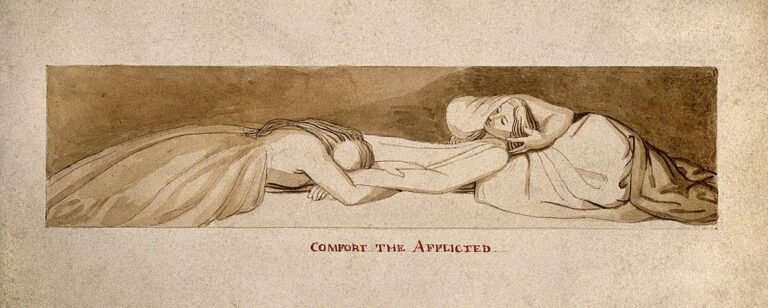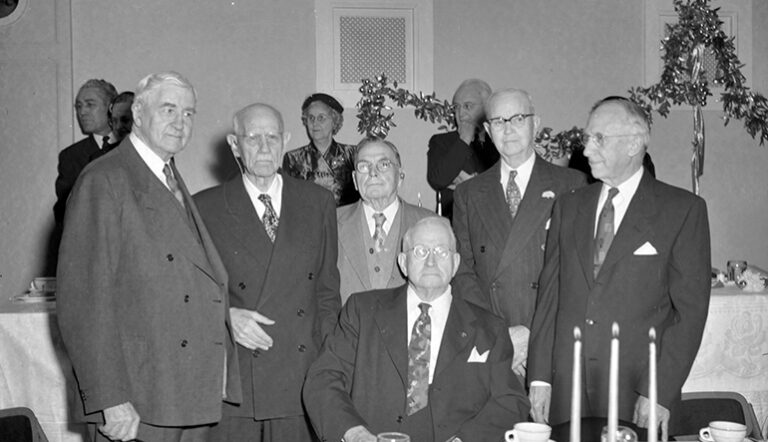Literary Teachers and Their Lessons
I have a new teaching job this fall, and so I’ve been thinking even more than usual about classrooms, and teachers, and the hold they have on our imaginations. It’s strange to realize, right before I walk into a classroom to teach, how clearly I can remember most of my own teachers’ faces, even many years later, how indelible certain moments of being called on or reprimanded or encouraged still are for me.
I seem to return again and again in my own writing to the world of the school, and many of the books that have left marks on me over the years are also set in that world. On the page, the teachers who’ve most stuck with me don’t seem to be the simple ones. They’re problematic, sometimes outright sinister. They leave their students changed, but not always (or only) for the better. As teachers, I’m not sure all of them are worth celebrating; as characters, they certainly are.
And so here, for your back-to-school pleasure, is a brief survey of some of the teacher-literature on my bookshelf:
1. Goodbye, Mr. Chips, by James Hilton.
A classic of the genre which I own but which, I must admit, I’ve never read. Maybe this says something terrible about me as a teacher/person. It sure does look heartwarming.
2. Matilda, by Roald Dahl.
The Trunchbull, gargantuan, monstrous headmistress and terrorizer of our gifted heroine, stomped through my imagination as a kid—she still does, really. Miss Honey, Matilda’s teacher and gentle, lovely defender, is there, too, though she’s a wispier presence. Matilda’s parents are horrible, as many Dahlian caretakers are, but only at school does she meet her real enemy. Dahl has a way of stretching reality until its features are so exaggerated you can’t miss them, and this book showed me something important about classrooms and power, the way they can become small, self-contained theaters of human nature.
3. The Prime of Miss Jean Brodie, by Muriel Spark.
In this astonishing novel, Miss Brodie, who teaches at a girls’ school, selects a special set among her students to nurture, groom, and mold as she sees fit. “Give me a girl at an impressionable age,” Miss Brodie famously declares, “and she is mine for life.” As Miss Brodie will discover, though, there’s life already in her clay. I love this book for its language, and for the richness of its exploration of the ways we ourselves change shape as we’re shaping one another.
4. The Turn of the Screw, by Henry James.
Just about as dark a take as possible on these questions of teacherly influence, depending on your reading. The governess in this book struggles to protect the two children in her care from what she perceives as evil supernatural influences, but the book raises the question of whether or not she’s sane. It also invites broader questions about devotion, influence, and haunting.
5. Record of a School: Exemplifying the General Principles of Spiritual Culture, by Elizabeth Peabody.
This book is not fiction but a record of observations of Bronson Alcott’s Temple School in 1834—though I imagine Peabody did do some manipulating of what she saw and heard. What most amazes me, reading it, is how recognizable the structure of the lessons themselves would probably still seem to anyone who runs a discussion-based classroom today: the drawing out of students’ own ideas and responses, while subtly shaping the flow of these ideas. There’s also an interesting charge of sacredness in the descriptions. “Mr. Alcott thinks that every book read, should be an event to a child,” Peabody writes.
6. The Woman Upstairs, by Claire Messud.
This book was at the center of the whole stir a little while back about likable characters, and the fact that women writers in particular seem so often to be tasked with creating them. Nora Eldridge, our protagonist and a third-grade teacher, was never intended to be likable—hence Messud’s irritation when asked repeatedly to measure her character on such an irrelevant scale—but riveting. And Nora is: her rage and its consequences demand our attention. I found it impossible to look away from the whole disastrous course of her involvement with the glamorous family of one of her students, her effort to suck some of their vitality into her own colorless life—a reminder of the ways teachers can take, in addition to giving.
7. Ms. Hempel Chronicles, by Sarah Shun-Lien Bynum.
Ms. Hempel is a young, bright, hapless, idealistic, frazzled seventh-grade English teacher at a small private school. Bynum somehow manages to skewer her without ever sacrificing warmth. This book is hilarious, and a little cringe-inducing for those of us who have to recognize bits of ourselves in poor Ms. Hempel:
“On Parents’ Night, Ms. Hempel felt fluttery and damp. She knew from past experience that she would make a burlesque of herself, that her every sentence would end with an exclamation point, and her hands would fly about wildly and despairingly, like two bats trapped inside a bedroom.”
Yet on that same Parents’ Night, Bynum also allows Ms. Hempel this: “And she meant it, in a way, now that she had to say it.” Yes. In that sense, teaching can be like writing, I think—somehow in the performance of it, in the extra weight your words take on, you can find yourself saying things you only then realize you’ve always believed.



